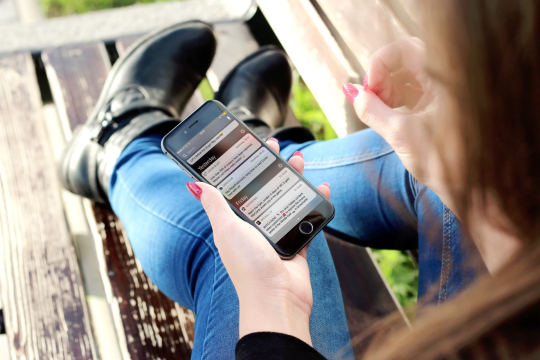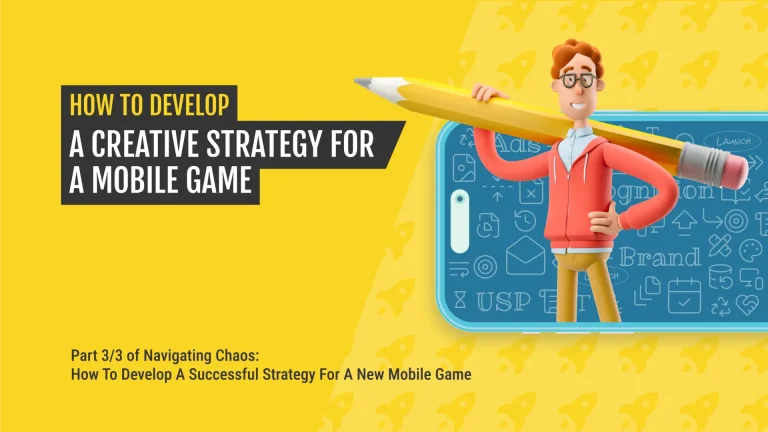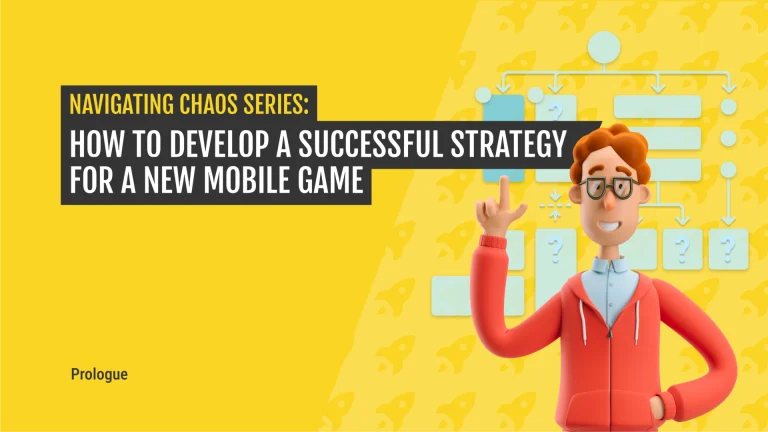Push notifications are one of the most important tactics app developers can use to increase retention rates – but not everyone uses them appropriately. Unlike emails, which can often be trapped by spam filters, notifications are able to speak directly to the user through their most personal device.
In Tradewise – a news app targeting US stock brokers – users receiving notifications are 5% more likely to be retained on average after the first 30 days of usage. It may not seem massive, but run the numbers on your lifetime calculation and even such difference could make or break your app economy.
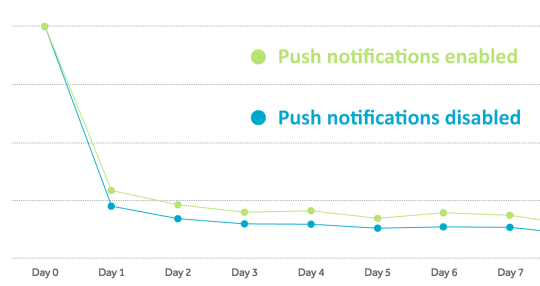
Push notifications are simple ways of engaging your users, yet many developers miss this simple opportunity to get more people opt-in, increase open rates and create a direct impact on the app usage.
Working on 20+ apps at AppAgent over the last two years we have learned a huge amount about how apps can effectively use push notification. Here are 5 simple strategies to help you boost your push notification efficiency.
Ask politely
It drives me nuts when I receive a system dialogue that prompts me to “Allow Push Notifications” when I open an app for the very first time.
Downloading a new app is like going on a first date. You don’t invite your fresh acquaintance into your flat straight after the first handshake.
The soft ask should be triggered in the right context. In Blinkist, a daily book summary app, you’re informed about start of your free trial with push notifications ensuring that you don’t miss the next free book coming out tomorrow.

Don’t forget to provide another opportunity to re-engage the user. In Tradewise we show offer a smaller prompt in the news feed which has proved effective. Today 73% of the user base opted-in for notifications.

Approach notifications as an SMS
A common misconception many developers make is to approach push notifications in the same way as emails. It doesn’t work. Emails are quite often spammy and much less personal; notifications need to be more personal, clearer and shorter.
When you think about the content of your push notification, imagine yourself sending the same message as a personal SMS to your family or friends. If you’re confident you can do that, you are more likely to create a message that provides information, value or is just fun. Using emojis is one trick you can try right away. Just look at Red Bull and how playful they are!
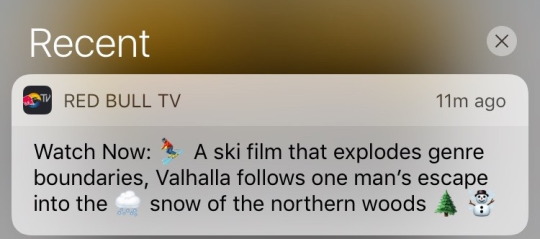
Our simple rule is: If it sounds like a message from your bank, then scrap it and start again.
At least pretend you know me
When constructing your message, pretend you know the person who will receive it. Once a user creates an account in your app you will have his or her name – so use it! According to a recent study by Leanplum, personalization using user’s first name increases open rates 4x.

“Peter, Your Vancouver flight is only $962 on Air France!” sounds much better than the generic: “Found great deal on your flight, book now!”
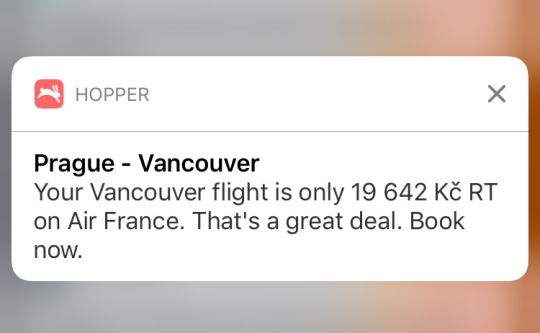
Each push notification should be fully customized, because relevancy is the key to effectiveness. If you want to see this in action, flight booking app Hopper does a great job here. Other ideas include translating the language to each user’s country, mentioning an action item (like a forgotten shopping cart item), and targeting by location.
The trick with timing
I bet you have friends who love to call you at 2 am from the pub on a workday.
The next evening, if you’re anything like me, you will switch your phone to silent mode. The same principle exists for notifications – time your message right to avoid it being ignored.
The ideal strategy is to send your push notification message around the same time of the last app start. You can easily define the frequency of notifications automatically by calculating the frequency of the most recent visits.
AppAgent’s client Pandastic Games analyses the last three app starts as the basis for its calculations. Once the gap after the last visit reaches the app’s pre-defined coefficient factor of 1.3, it starts sending push notifications to reactive the Ocean Blast player – no sooner and no later.

A ‘Banana’ notification
Mario Aichlseder, Vice President of Growth at Runtastic, told a funny story about his company’s infamous “Banana” push notification.
A simple mistake meant that a simple message containing only the word ‘Banana’ was sent to the entire fitness app audience – and it absolutely smashed the open rate!
People started to tweet asking whether Runtastic had started a co-promotion with the Despicable Me movie. They received questions to their support team about why they weren’t seeing any banana related content in the app. Reddit users even began discussing several possible hidden meanings for this cryptic message.
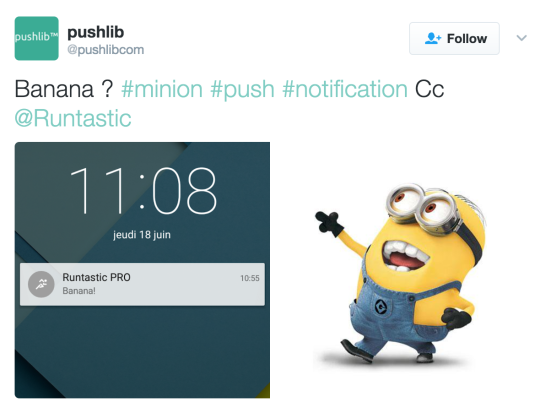
In conclusion, the surprising nature of the message triggered curiosity and interest in the app.
What have we learned? In a nutshell, you should experiment both with the content and the form of each message.
Be playful, personal and clear.
Most importantly, make push notifications valuable for the user – even if it just makes them smile.
